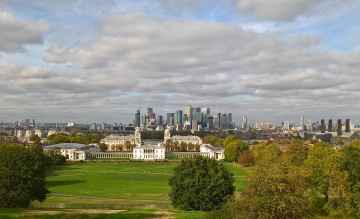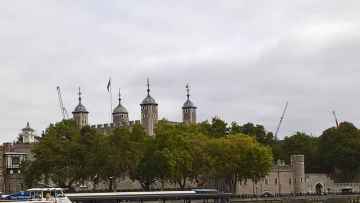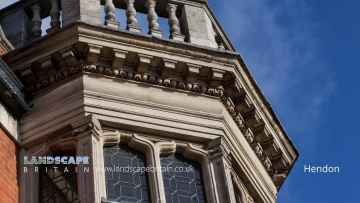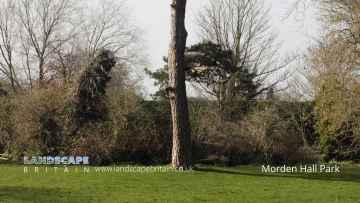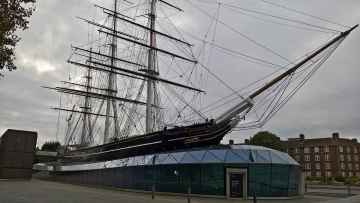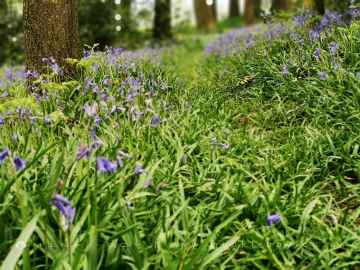Tottenham
Tottenham is a Town in the county of Greater London.
There are great places to visit near Tottenham including some great cities, castles, museums, historic buildings, rivers and streams, shopping centres, towns, country parks, nature reserves, historic monuments, airports and bluebell woods.
There are a number of cities near to Tottenham including London.
The Tower of London is a great place to visit close to Tottenham if you like castles.
The Tower of London, National Maritime Museum Greenwich, and Cutty Sark are some of Tottenham best museums to visit near Tottenham.
Tottenham's best nearby historic buildings can be found at The Tower of London, Millenium Bridge, Sutton House and Breaker's Yard, and Osterley Park and House.
There are a number of rivers and streams near to Tottenham including River Thames at London.
The area around Tottenham boasts some of the best shopping centres including Westfield London, Westfield Stratford City, Brent Cross Shopping Centre, and Whitgift Centre.
The area around Tottenham boasts some of the best towns including Hendon, Greenwich, Croydon, Chislehurst, Enfield, and Isleworth.
The area around Tottenham boasts some of the best country parks including Fryent Country Park, South Norwood Country Park, Morden Hall Park, Bedfont Lakes Country Park, Scadbury Estate Country Park, Stanmore Country Park, and Whitewebbs Country Park.
Tottenham is near some unmissable nature reserves like Morden Hall Park,
Tottenham is near some unmissable historic monuments like Cutty Sark,
There are a several good airports in the Tottenham area like London Biggin Hill Airport, Heathrow Airport, London City Airport, and London Heliport.
There are a number of bluebell woods near to Tottenham including Stanmore Country Park.
Tottenham History
There are some historic monuments around Tottenham:
Places to see near Tottenham
History of Tottenham
Tottenham is believed to have been named after Tota, a farmer, whose hamlet was mentioned in the Domesday Book. ‘Tota’s hamlet’, it is thought, developed into ‘Tottenham’. The settlement was recorded in the Domesday Book as Toteham. It is not related to Tottenham Court Road in Central London, though the two names share a similar-sounding root.
There has been a settlement at Tottenham for over a thousand years. It grew up along the old Roman road, Ermine Street (some of which is part of the present A10 road), and between High Cross and Tottenham Hale, the present Monument Way.
When the Domesday Book was compiled in 1086, about 70 families lived within the area of the manor, mostly labourers working for the Lord of the Manor. A humorous poem entitled the Tournament of Tottenham, written around 1400, describes a mock-battle between peasants vying for the reeve’s daughter.
In 1894, Tottenham was made an urban district and on 27 September 1934 it became a municipal borough. As from 1 April 1965, the municipal borough formed part of the London Borough of Haringey together with Hornsey and Wood Green.
The River Lea (or Lee) was the eastern boundary between the Municipal Boroughs of Tottenham and Walthamstow. It is the ancient boundary between Middlesex and Essex and also formed the western boundary of the Viking controlled Danelaw. Today it is the boundary between the London Boroughs of Haringey and Waltham Forest. A major tributary of the Lea, the River Moselle, also crosses the borough from west to east, and often caused serious flooding until it was mostly covered in the 19th century.
From the Tudor period onwards, Tottenham became a popular recreation and leisure destination for wealthy Londoners. Henry VIII is known to have visited Bruce Castle and also hunted in Tottenham Wood. A rural Tottenham also featured in Izaak Walton’s book The Compleat Angler, published in 1653. The area became noted for its large Quaker population and its schools (including Rowland Hill’s at Bruce Castle.) Tottenham remained a semi-rural and upper middle class area until the 1870s.








